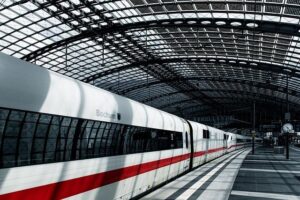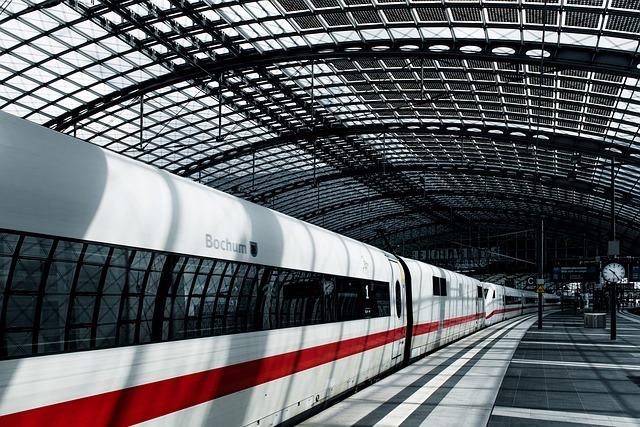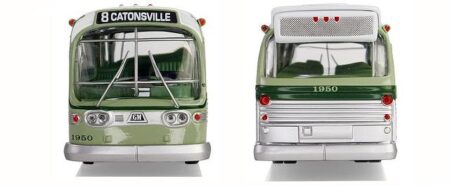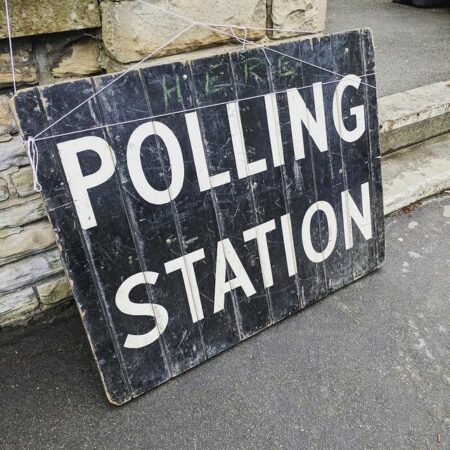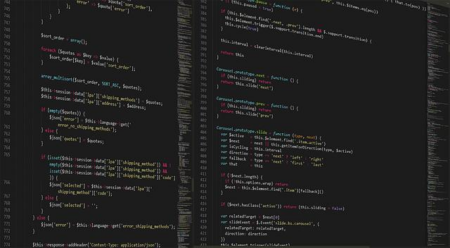Transforming New York Commuter Rail: MTA’s Vision for Faster, Affordable Transit
Accelerating Commutes Through Advanced Rail Infrastructure
The Metropolitan Transportation Authority (MTA) is spearheading a comprehensive overhaul of its commuter rail network, aiming to revolutionize travel for millions of New Yorkers. Central to this initiative are state-of-the-art technological upgrades and infrastructure enhancements designed to increase train frequency, reliability, and speed. By focusing on heavily trafficked corridors, the MTA plans to reduce congestion and cut down commute durations significantly.
Key components of this modernization include:
- Deployment of Communication-Based Train Control (CBTC) systems for dynamic, real-time train management
- Upgrading aging tracks and switches with durable, high-capacity materials to support increased traffic
- Revamping stations to accommodate higher passenger volumes and faster train turnover
- Expanding electrification efforts to phase out diesel-powered trains, promoting cleaner transit
| Upgrade Initiative | Projected Commute Time Improvement | Target Completion |
|---|---|---|
| Signal System Overhaul | 15% reduction | 2025 |
| Track and Switch Replacement | 10% reduction | 2026 |
| Rail Electrification | 20% reduction | 2028 |
Economic Advantages and Savings for Commuters
These rail enhancements are poised to deliver substantial financial relief to daily commuters. By trimming travel times and boosting operational efficiency, the upgrades reduce fuel consumption for connecting shuttle services and minimize the need for costly last-minute alternatives like taxis or rideshares. Improved punctuality also means fewer missed connections, translating into less dependence on expensive backup transportation.
On a broader scale, the investment in faster, more affordable rail transit stimulates economic growth by attracting businesses and expanding employment opportunities, which are vital for urban renewal. The table below illustrates anticipated monthly cost reductions for commuters following the improvements:
| Cost Category | Pre-Upgrade | Post-Upgrade | Estimated Monthly Savings |
|---|---|---|---|
| Rail Fare | $250 | $225 | $25 |
| Shuttle Connection Fees | $100 | $70 | $30 |
| Time Saved (valued hourly) | 40 hours | 30 hours | 10 hours (~$150) |
- Lower out-of-pocket costs: Reduced dependence on supplementary transit options.
- Boosted productivity: Time saved translates into increased economic output.
- Greater accessibility: More affordable and quicker travel expands employment reach.
Leveraging Technology to Improve Service Consistency
The MTA is integrating cutting-edge technologies to enhance the dependability and efficiency of its commuter rail services. Innovations such as advanced signaling, real-time analytics, and predictive maintenance systems enable proactive management of potential disruptions, minimizing delays and improving overall service quality. Automated train control systems further refine scheduling precision and safety, ensuring smoother journeys.
Passengers also benefit from improved digital tools, including mobile applications and dynamic station displays that provide up-to-the-minute updates and route guidance. Notable technological advancements include:
- Real-Time Train Tracking: User-friendly apps offer precise train location data.
- Predictive Maintenance Sensors: Continuous monitoring of critical components prevents unexpected breakdowns.
- Adaptive Scheduling Algorithms: Train frequency adjusts dynamically based on passenger demand patterns.
| Technology | Benefit | Effect |
|---|---|---|
| Signal System Upgrade | Accelerated train dispatch | 10% reduction in delays |
| Mobile App Enhancements | Instant passenger notifications | Improved communication |
| Predictive Sensor Networks | Early detection of faults | Minimized downtime |
Strategic Policy Initiatives for Sustainable Transit Growth
For the MTA’s commuter rail improvements to achieve lasting impact, policymakers must focus on sustainable and inclusive investment strategies. Prioritizing funding for electrification projects will significantly cut greenhouse gas emissions while maintaining cost efficiency. Expanding multimodal transit options-such as integrating bike-share programs and enhancing last-mile connectivity-will boost ridership and reduce car dependency. Additionally, adopting smart technologies for real-time monitoring and dynamic scheduling will optimize resource use and elevate the commuter experience.
Recommended policy actions include:
- Establishing dedicated transit funding streams to protect projects from budgetary and political uncertainties.
- Encouraging public-private partnerships to harness innovation and attract investment.
- Implementing performance-based budgeting to align expenditures with measurable outcomes like speed improvements, cost reductions, and ridership increases.
| Policy Focus | Anticipated Outcome | Implementation Timeline |
|---|---|---|
| Electrification of Major Lines | 40% reduction in emissions | 5 years |
| Smart Scheduling Technologies | 25% decrease in wait times | 2 years |
| Multimodal Transit Integration | 15% growth in ridership | 3 years |
Conclusion: Paving the Way for a Modernized Commuter Experience
The MTA’s ambitious commuter rail upgrade program is setting the stage for a future where New Yorkers enjoy faster, more affordable, and environmentally friendly transit options. These enhancements not only promise to improve daily travel but also represent a strategic investment in the city’s economic resilience and sustainability goals. While challenges remain in fully realizing this vision, the ongoing projects mark a pivotal step toward transforming New York’s transit landscape and elevating the commuter experience for decades ahead.
